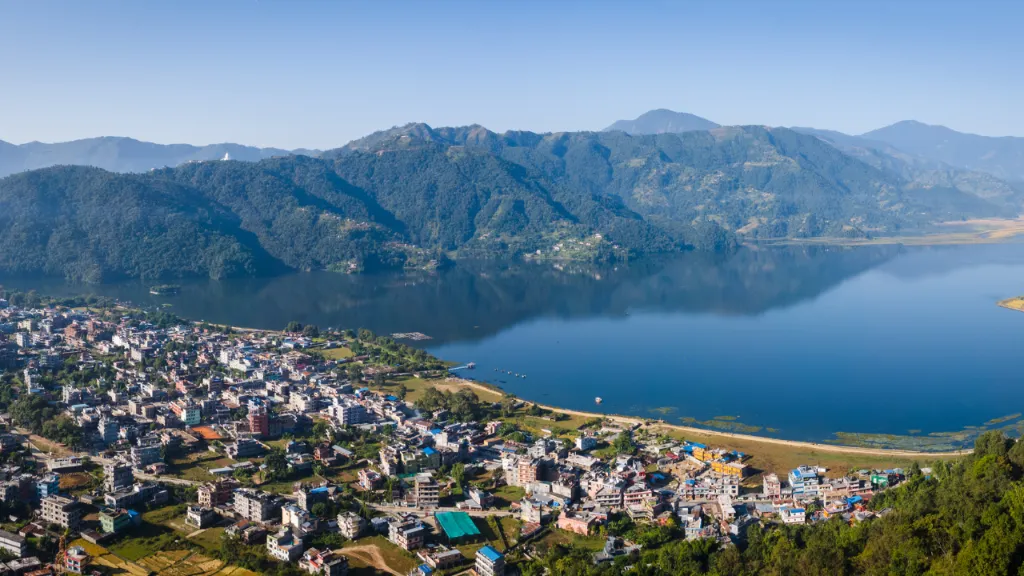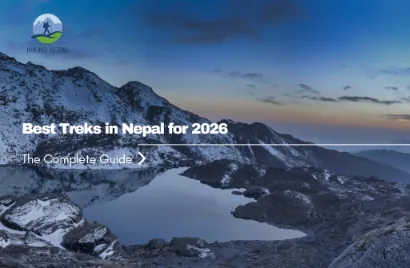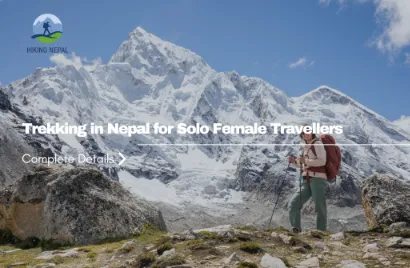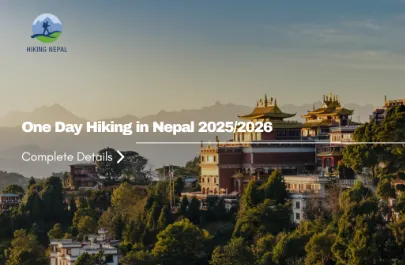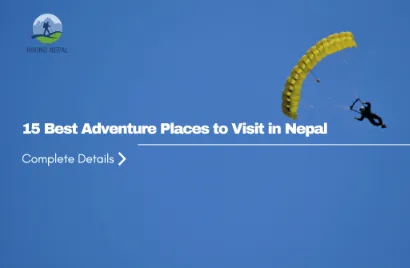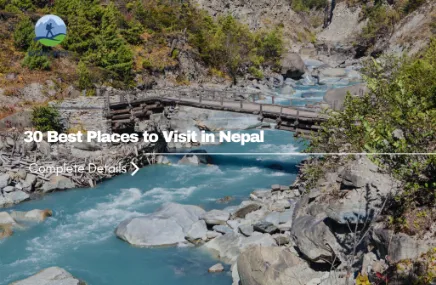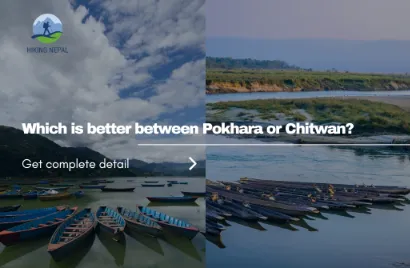When visiting Nepal, many travellers find themselves deciding between Pokhara and Chitwan. These two destinations are among the most popular in the country, yet they offer very different experiences. Your choice depends on the kind of scenery, activities, and pace you prefer.
Pokhara is a city of lakes and mountains, a peaceful place with a cool breeze and Himalayan views. Chitwan is warm and wild, home to lush grasslands, dense forests, and rare wildlife. To help you decide, here’s an in-depth look at both.
Pokhara: The City of Lakes and Mountains
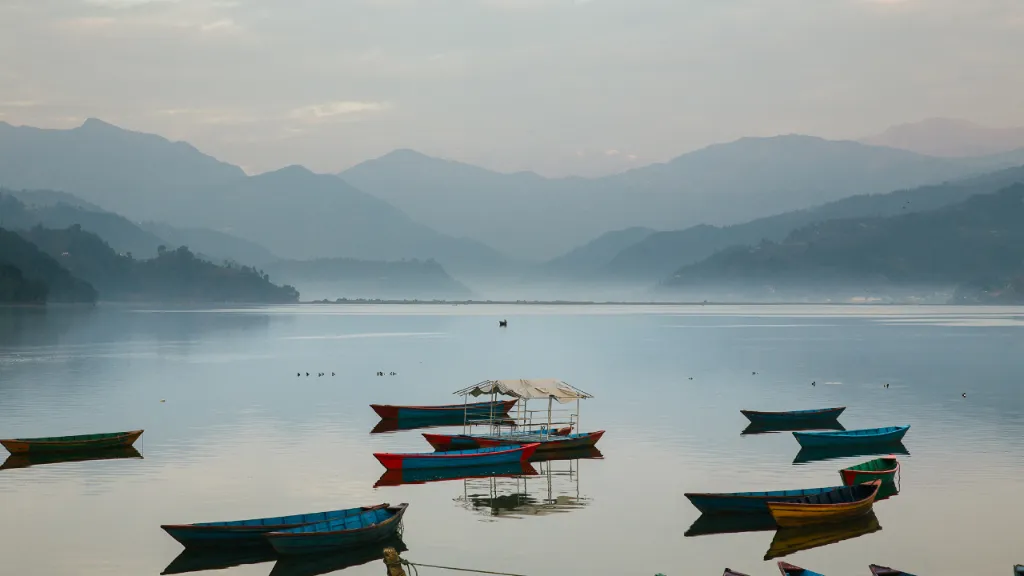
Pokhara sits in central Nepal, about 200 kilometres west of Kathmandu. It is surrounded by hills and blessed with close-up views of the Annapurna and Machapuchare peaks. The city is also known as the starting point for some of Nepal’s most famous trekking routes.
Scenery and Atmosphere
The highlight of Pokhara is its setting. Phewa Lake reflects the mountains on clear mornings, while the sky glows during sunsets. From Sarangkot or the World Peace Pagoda, you can see a panorama of the Annapurna range. The air is fresh, and life moves at a slower pace compared to Kathmandu.
Things to Do in Pokhara
Take a boat ride on Phewa Lake or explore smaller lakes like Begnas and Rupa.
Enjoy sunrise views from Sarangkot.
Visit Davis Falls and Gupteshwor Cave.
Go paragliding or take an ultralight flight for aerial mountain views.
Trek to Annapurna Base Camp, Mardi Himal, or Poon Hill.
Explore the International Mountain Museum.
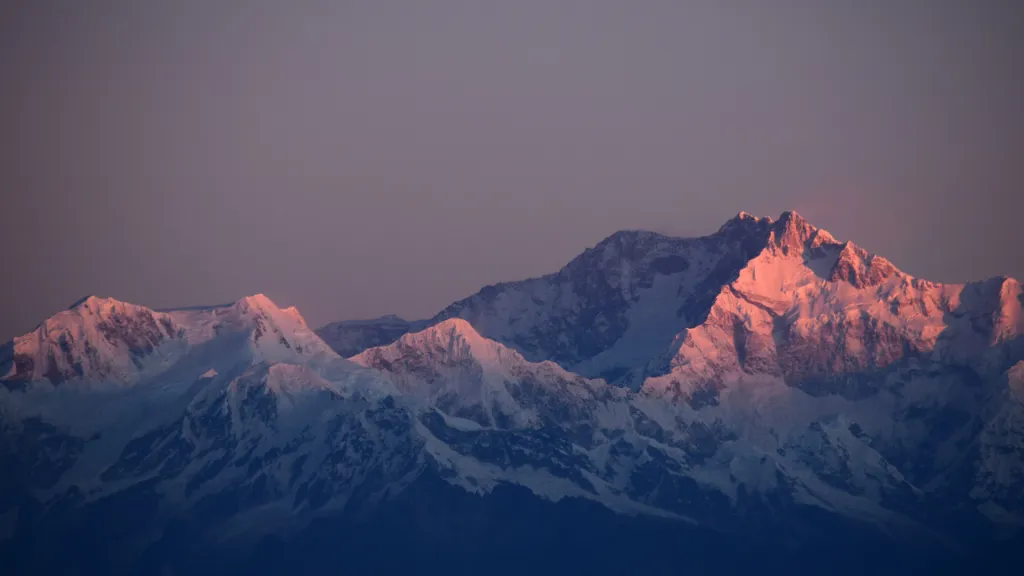
Best Time to Visit Pokhara
The ideal time is from September to November and March to May when skies are clear, and the weather is mild. Winter is pleasant, though cooler in the mornings and evenings. Monsoon season (June to August) brings heavy rain but also lush green scenery.
Who Should Choose Pokhara
Pokhara is perfect for travellers who want mountain scenery, a relaxing environment, and easy access to treks. It suits both active adventurers and those looking to slow down.
Chitwan : Nepal’s Jungle Heart
Chitwan lies in the lowland Terai region of southern Nepal. It is home to Chitwan National Park, a UNESCO World Heritage site and one of Asia’s best wildlife-viewing destinations.
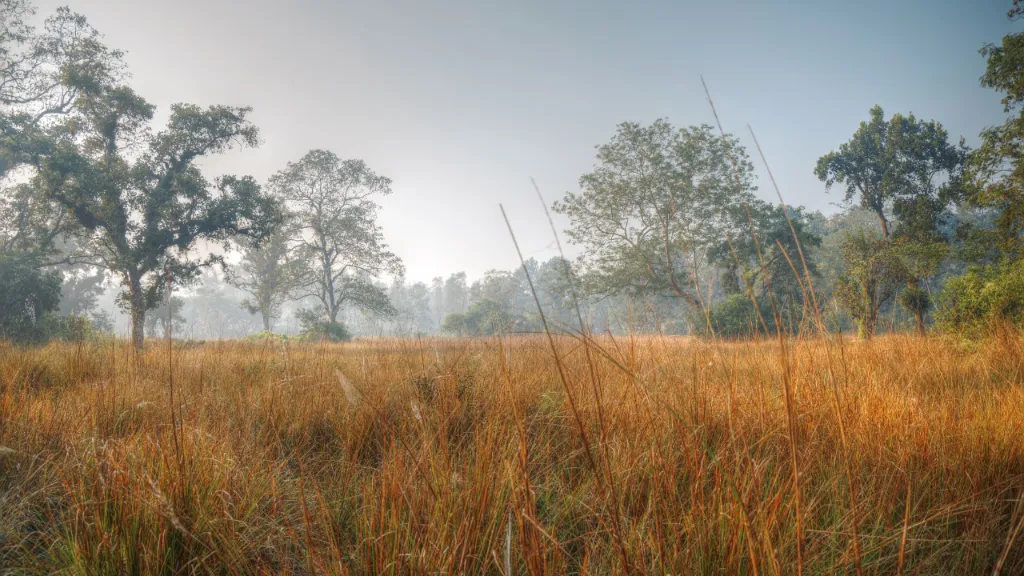
Scenery and Atmosphere
The landscape here is entirely different from Pokhara. Instead of mountains, you’ll see rivers, forests, and vast grasslands. The air is warmer, the pace is calm, and life revolves around the rhythms of nature.
Wildlife and Activities
Go on a jeep safari to see rhinos, deer, and possibly tigers.
Take a canoe ride along the Rapti or Narayani River to spot crocodiles and water birds.
Join a guided jungle walk for a closer look at plants and smaller animals.
Visit a Tharu village to learn about local traditions.
Watch a cultural dance performance in the evening.
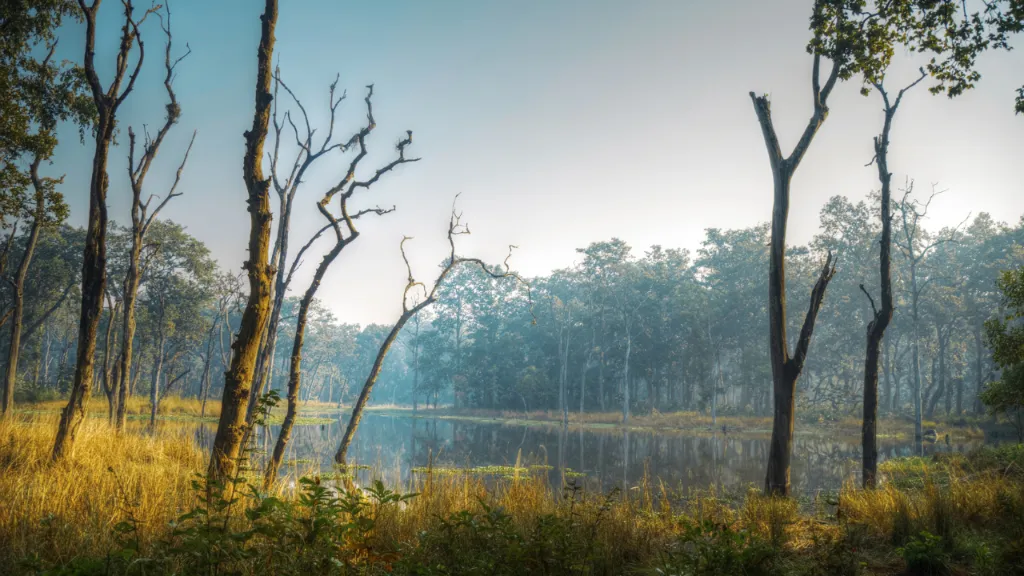
Best Time to Visit Chitwan
The most pleasant season is from October to March, when the weather is cooler and drier. April to June can be very hot. The monsoon season (July to September) brings heavy rain, which can limit safari activities.
Who Should Choose Chitwan
Chitwan is for travellers interested in wildlife, warm weather, and cultural experiences of the Terai. It’s a good choice for families, nature lovers, and photographers.
Travel Between Pokhara and Chitwan
If you have enough time, visiting both is possible. By road, the journey takes about 5 to 6 hours, and daily tourist buses connect the two. A short domestic flight is also available for faster travel. Many travellers combine Pokhara and Chitwan in one trip, starting with trekking in the mountains and ending with a few relaxing days in the jungle.
FAQS
1. Which is better for nature and scenery, Pokhara or Chitwan?
Pokhara is surrounded by lakes, green hills, and snow-capped Himalayan peaks. It offers dramatic views of Annapurna, Machapuchare, and Dhaulagiri ranges, especially at sunrise from Sarangkot. Chitwan, on the other hand, is a lowland jungle with grasslands, rivers, and wildlife habitats. Its scenery is lush and flat, with a focus on tropical vegetation rather than mountain landscapes. If you want mountain and lake views, Pokhara is the better choice. For jungle scenery and wildlife, choose Chitwan.
2. Is Pokhara or Chitwan better for families?
Pokhara offers family-friendly boating, short hikes, cultural sites, and comfortable hotels with mountain views. Activities are easy to plan and suitable for all ages. Chitwan provides educational and adventurous experiences such as jungle safaris, canoe rides, and visits to Tharu villages. It’s more active and wildlife-focused, which may be exciting for older children. For relaxation and gentle activities, Pokhara is ideal. For outdoor adventure and wildlife, Chitwan is better.
3. Can I visit Pokhara and Chitwan on the same trip?
Yes. Many travelers combine both destinations in one itinerary. The two are about 150 kilometers apart and can be reached in 5–6 hours by road or around 20 minutes by flight. A common plan is to start in Chitwan for two nights to enjoy jungle activities, then head to Pokhara for lakeside relaxation and mountain views. Combining both gives you a variety of landscapes and experiences in a single trip.
4. What is the best time to visit Pokhara?
The best months are September to November and March to May. These seasons offer clear skies, pleasant temperatures, and the best mountain visibility. Winter is also clear but colder in the mornings and evenings. Summer brings heavy monsoon rains, which reduce mountain views but make the surrounding hills and valleys lush and green.
5. What is the best time to visit Chitwan?
October to March is the most comfortable time, with mild weather and better chances to spot wildlife. April and May are hot but good for animal sightings as they gather near water sources. June to September is the monsoon season, which makes the park greener but can cause some areas to flood and increase leech activity in the jungle.
6. How far is Pokhara from Chitwan and how can I travel between them?
The distance is roughly 150 kilometers. By road, it takes 5–6 hours via the Prithvi Highway, with tourist buses and private vehicles available. Flights between Bharatpur (near Chitwan) and Pokhara take about 20 minutes, but flight frequency is limited. Road travel is more common and allows you to enjoy river and hill views along the way.
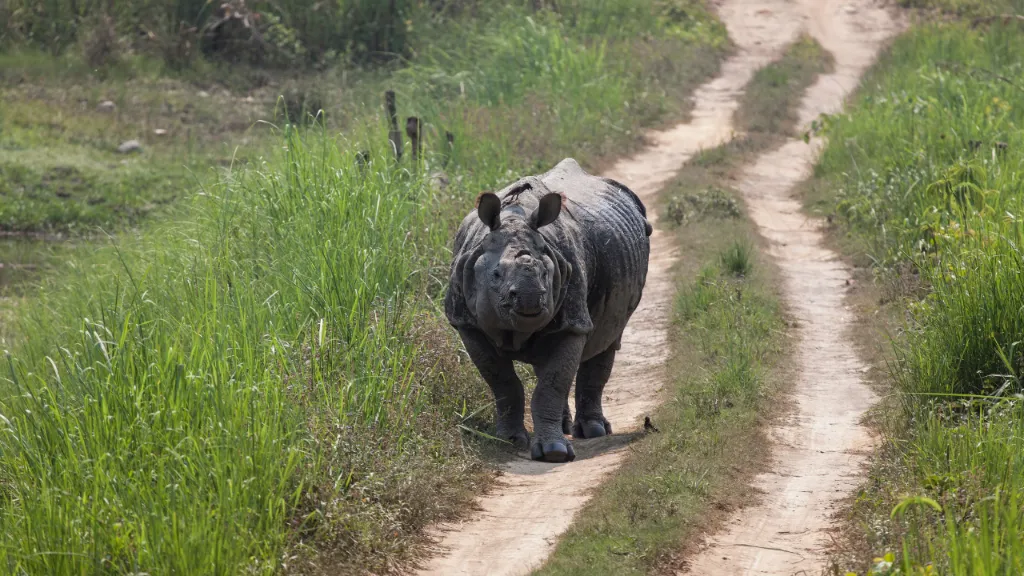
Which One Should You Pick?
If you are drawn to mountains, cool air, and outdoor sports, choose Pokhara. If your heart leans toward wildlife, warmer climates, and jungle landscapes, choose Chitwan. Your travel style, available time, and the season you visit will make the decision easier.
Pokhara and Chitwan highlight two different faces of Nepal. Pokhara offers peaceful lakes, adventure sports, and breathtaking Himalayan views. Chitwan brings you close to nature and wildlife in a subtropical setting. Whichever you choose, both provide experiences that show Nepal’s beauty beyond Kathmandu.
